The north-east Atlantic seaboard has grown three main grain crops – oat, barley and wheat. All originated in the east Mediterranean or west Asia, but all find the climate here good for their growth. Most years that is.
The fall in output of the main staple grain crops in 2018, and before that in 2012, due to unusually bad weather, raised many questions as to how food and alcohol production would be affected if the climate continued to vary between wet and dry. The crop in 2012 suffered from cloudy skies causing slow plant growth, and then very wet soil that made harvest difficult. That in 2018 suffered from lack of water mid-May, at just the point when the crops were starting their main phase of growth.
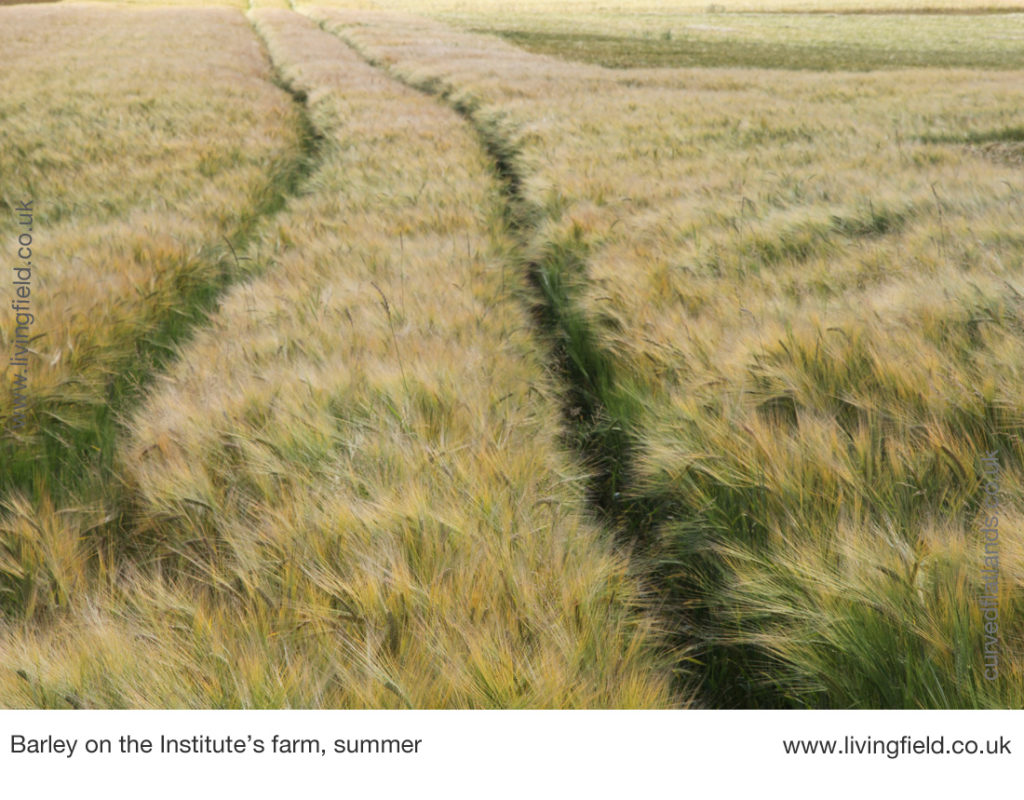
Yet in neither year did production collapse. Total grain output from wheat, barley and oats fell by little more than a tenth of the average. Perhaps the varied needs of the three grains give cereal production here its ability to withstand years of bad weather. Historical change in this combination of grains may tell much about how agriculture can cope with the future.
Here, we look back over 150 years to see that the balance of the three grains and other crops has undergone major change, most of it not due to the weather, and ask whether the three grains give production some resilience – a capacity to withstand shocks, to adapt and continue.
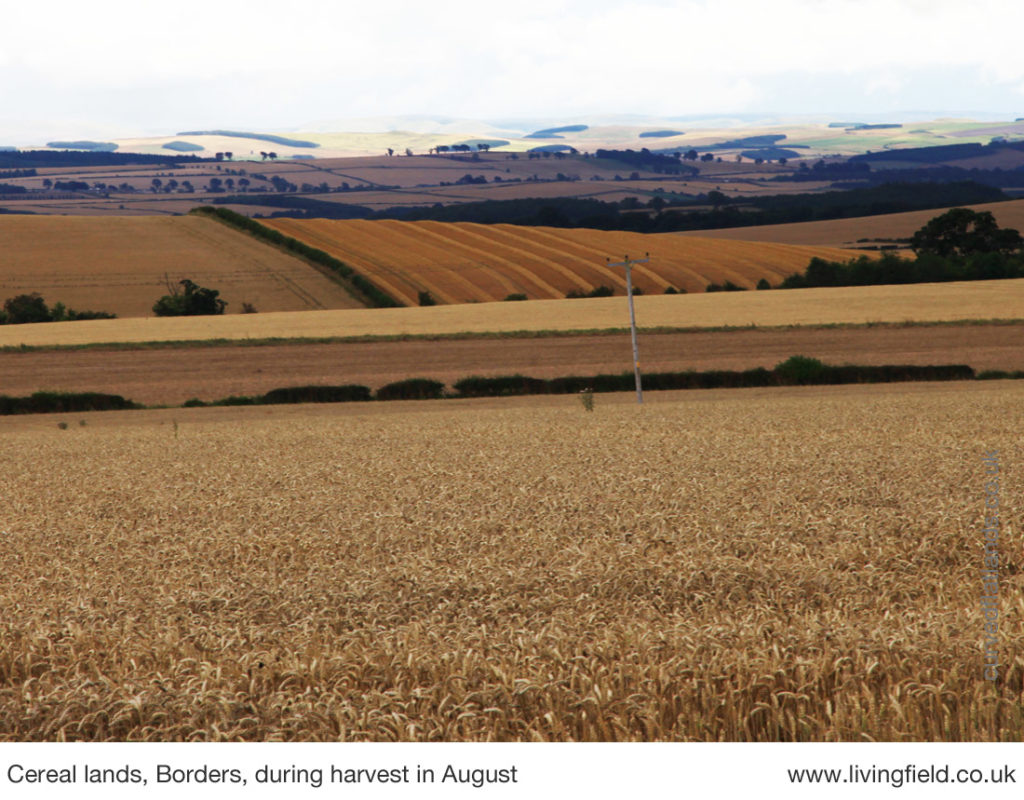
1900: decline in grain output, a move to grass
In and around 1900, and for many decades before that, oats was by far the most widely grown grain crop in the northern part of Britain. In the crop census for Scotland [1], oats occupied more than three-quarters of the cereal area, and barley most of the rest. Wheat was minor. Few other cereals were grown – a little rye and some ‘mixed grain’ usually consisting of oats and barley.
It was a time of great change, most of it considered negative for home production. The area sown with cereals decreased as did that of the ‘root’ crops (turnips and swede) and also the grain legumes (peas and beans). They all gave way to grass, to feed cattle and sheep, with the result that the country was far from self-sufficient in grain at the time of WWI.
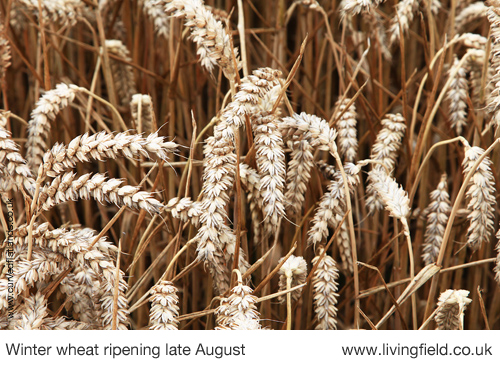
From privation to food security: 1945 – 1990
The areas grown with cereals and other arable crops kept on falling until the start of WWII when the need for home-grown food and feed caused some of the grass to be re-ploughed and sown with arable. The proportional areas of the three cereals remained the same, except for a little more wheat.

Yield per unit area had not changed much from 1900. Something had to happen. The privations of the war years and reliance on imports to feed the country spurred government into action. Plans were laid to raise farming output, but it was well over 10 years before there was any improvement in yield.
The phase of ‘intensification’ really began in the 1960s – machines could plough deeper, mineral fertiliser was readily available and new crop varieties were introduced able to allocate more of their mass to grain rather than straw. By the 1980s, yields had more than doubled. This result of intensification was a major achievement, reproduced in many parts of the world (The Green Revolution).
The largest single change here during that time was a shift from oats to barley and wheat. They were more profitable than oats and could now be grown to higher yield and over large areas with the fertiliser and pesticides that became readily available. Most of the wheat and about 20% of the barley were autumn-sown winter crops. They were able to survive the cold of winter and be ready to bulk up on the sun’s energy as early as May, and so were higher yielding than the traditional spring varieties.
By the 1970s, the country could have fed itself from home production, but then a rise in global trade meant that cereal food could be imported on the cheap. Home production became almost irrelevant to peoples’ consumption of cereal products except oats.
The great levelling : 1990 to the present
The seemingly unstoppable rise in grain yield slowed in the late 1980s. The brakes were on – for various reasons (which will be looked at another time). Yields per field and total grain output from the country have hardly changed since. They go up, as in the favourable weather of 2014, and down as in 2012 and 2018, but their present trajectory is level.
It’s the same for grain output in much of Europe, and crops farther afield, such as oil palm, also suffer: years of expansion and rise in output are followed by a levelling.
The levelling presents a major problem for science and crop management. 2014 gave the highest average yields ever in the region expressed as grain mass per unit field area. There is still potential for increase. The maximum on-farm yields are much higher than the average. Possibly modern varieties, able to yield well in good years, are over-sensitive to bad years.
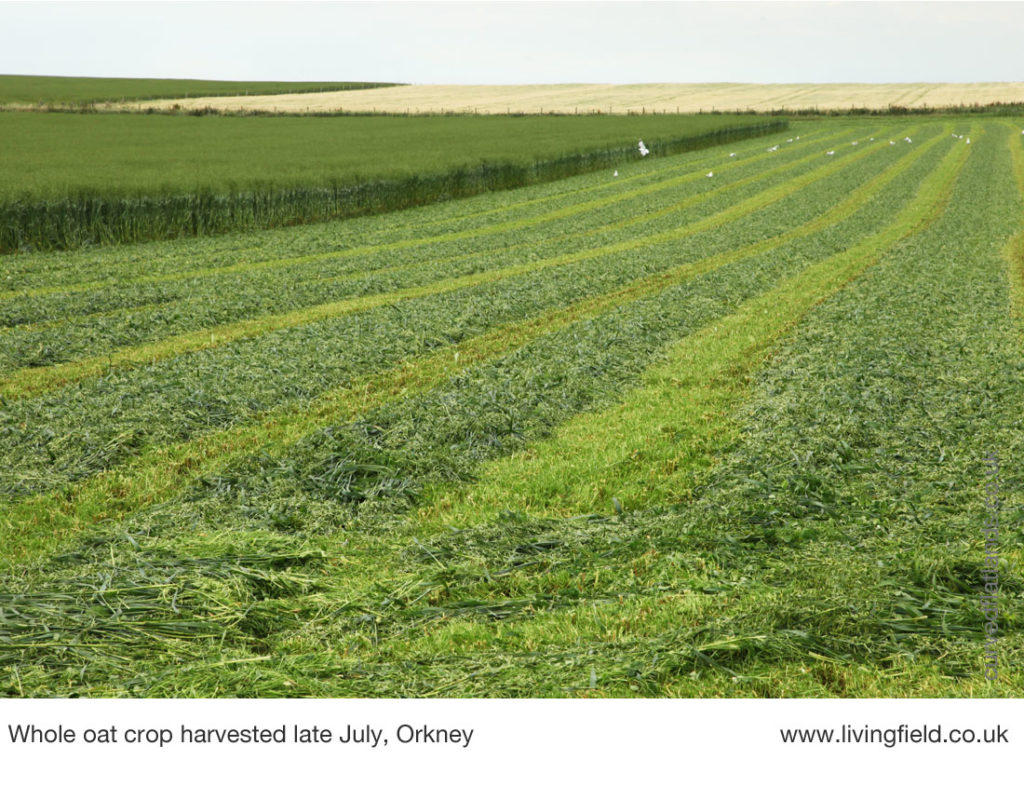
Lessons from the past
The great swing in the mid-1900s from mostly oats to mostly barley was caused by markets and new opportunities for trade. Science and technology provided the means but the markets drove the change. Government strategy was to gain self-sufficiency in food, but that sufficiency ultimately came from outside.
There was no real strategic plan for home -grown production and there does not seem to be one now. That farming can switch between the three grains (and between grain and grass) should make agriculture less at risk of future catastrophe, whether due to climate. volcanic eruption or blockade. But the country should not wait to see what happens.
The resilience afforded by oats, barley and wheat should now be planned into the future of farming here. The Common Agricultural Policy did little to challenge current markets and the dominance of the few major influences. Post-CAP there is an opportunity to set targets for home-grown cereal food as distinct from cereals as substrates for animal feed and alcohol. Tinkering round the edges will do little. Major structural change in land use is needed.
Some previous posts on this web site have looked at the effects on crops of unusual weather in the past decade [2]. Future articles and notes will look at how farming used the three grains to the lessen the damage caused by the 2018 drought. We’ll also be starting a major series of articles on the options for future sustainability, with reference of course to lessons from the past 5000 years.
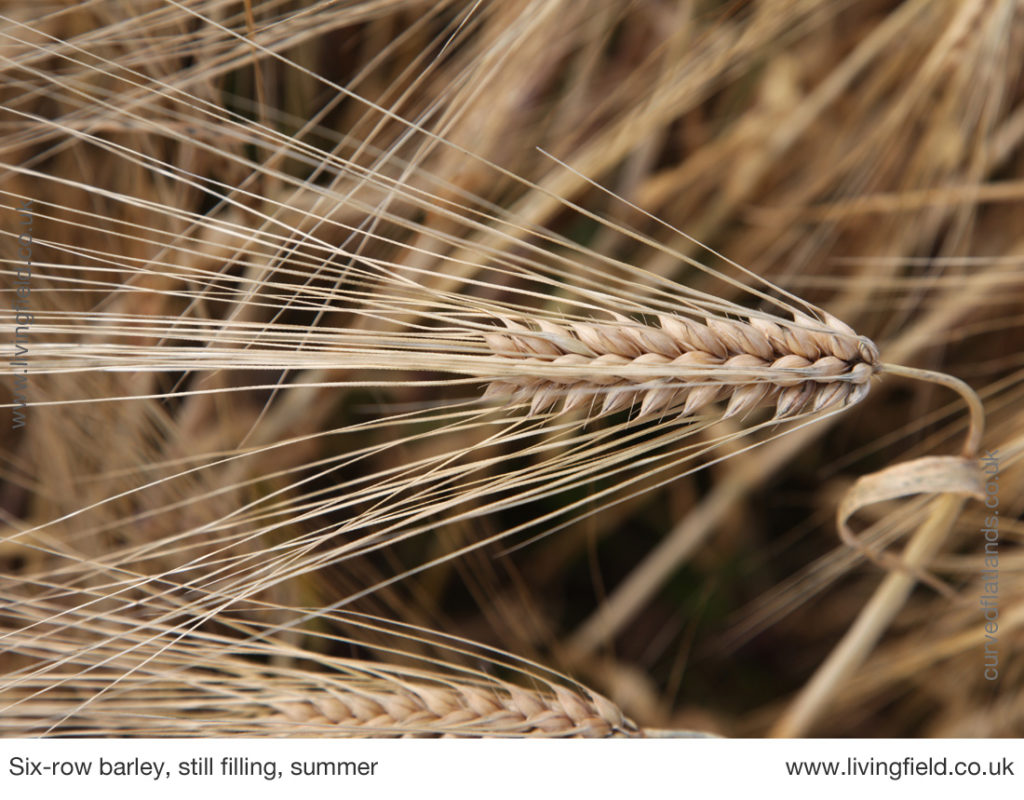
Sources, links
[1] A longer version of this article is available as on the curvedflatlands web site: Resilience in a three-grain production system, where full reference is given to the government statistical records from the late 1800s to the present and commentaries on trends in areas and yields of the three grains.
[2] Related topics on the Living Field web site: Winter flood on the water-field pages and The late autumn floods of 2012. For our general educational work on grains, see Ancient grains at the Living Field – 10 years on.
Author contact: geoff.squire@hutton.ac.uk, geoff.squire@outlook.com
[Last update: 16 March 2019, with several textual corrections! GS}
